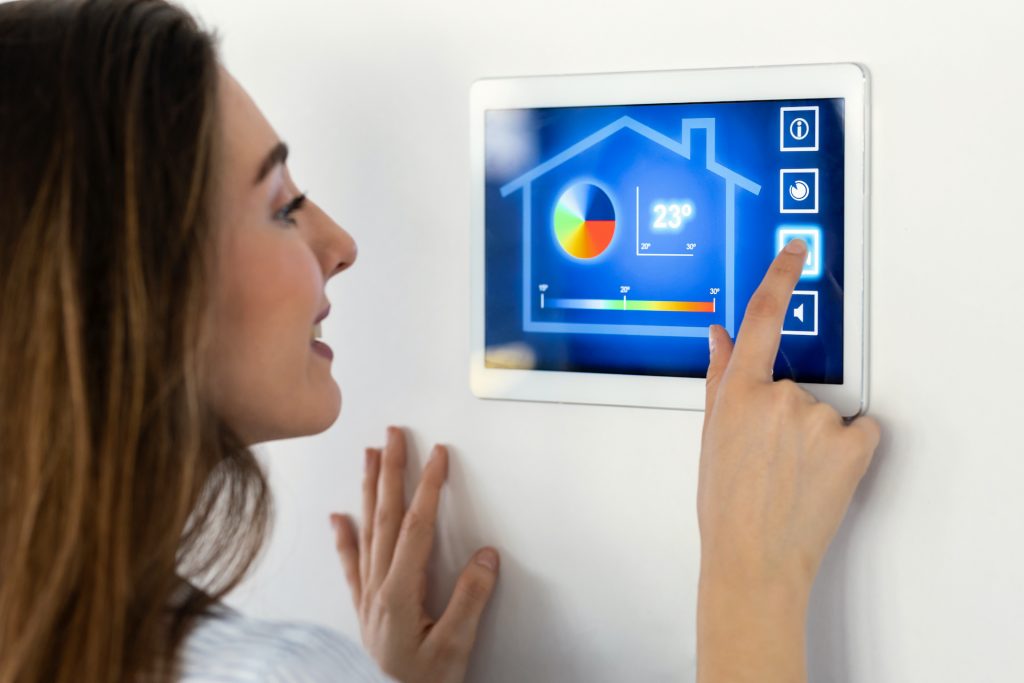Recent advancements in technology have brought us convenience in our everyday lives. From Ring doorbells to Smart Refrigerators, IoT (Internet of Things) devices are playing a vital role in our daily routines. IoT devices can range from connected appliances to wearable health monitors. While IoT devices have made it easier to secure homes, track family schedules, etc. they don’t come without some risks.

One of the benefits of IoT devices are that they are easy to set up and connect to the internet. Most devices come with a default username and password that relatively easy to guess. Users often forget to change these default credentials, making their device vulnerable. Another risk with IoT devices is that they often offer little to no built-in security such as recurring updates or system hardening. Cybercriminals are aware of these various risks and have started to include IoT devices in their attacks.
These attacks have led to cybercriminals:
- Unlocking smart locks to rob homes.
- Finding Wi-Fi password stored on devices.
- Spying on families through security cameras.
- Rendering IoT devices inoperable with malware.
- Finding personal and location data of children.

The best way to keep you and your family safe from potential attackers is to secure your home network. Everything starts with your Wi-Fi router since it’s the “front door” to all of your home devices. Here are some tips to secure your smart home.
- Give your router a unique name
Many Internet Service Providers (ISP) use generic names for their routers that start with the same characters. Ex. FIOSXXXXXX. Leaving your router with the name your ISP gave it could signal attackers which that you never changed the default credentials
- Set up a guest network
ISPs usually offer the ability to set up a guest network on their routers. Use this guest network to provide visitors with internet access. All of your devices should be connected to your main network to prevent anyone on the guest network from gaining access to them.
- Change default passwords
IoT devices with weak default credentials are usually already known around the cybercriminal world making them easy to hack. Changing these default credentials after installations makes them harder to break into.
- Use strong passwords for your Wi-Fi and devices
Using passwords such as “password123” may be easy to remember, they offer very little protection since they are easy to guess. Strong passwords should contain a mix of uppercase, lowercase, numbers and special characters. If you have a hard time remembering passwords, you can utilize a password manager to store all your passwords. Some even have the ability generate password for you so you can create complex secure passwords.
- Update software of your devices
While updating device software can seem daunting with them coming out more frequently, it’s one of the best ways to keep your devices secure. Older versions of software could have security flaws that only updating it can fix.
- Set-up Multifactor Authentication
Using Multifactor Authentication methods such as apps or text messages can help prevent cybercriminals from logging into your devices. In the event Cybercriminals are able to guess your password, they’ll have a difficult time figuring out the authentication code because they expire quickly.
- Change default settings on your devices
Some default setting favors the manufacture more than you and in turn can put your privacy and security at risk.
Let’s discuss how to keep yourself secure http://visualtorch.com/contact






